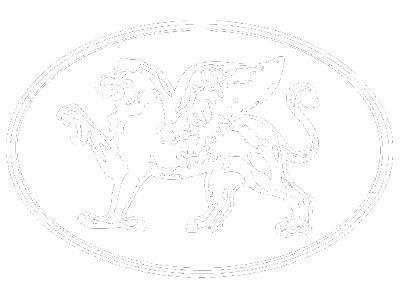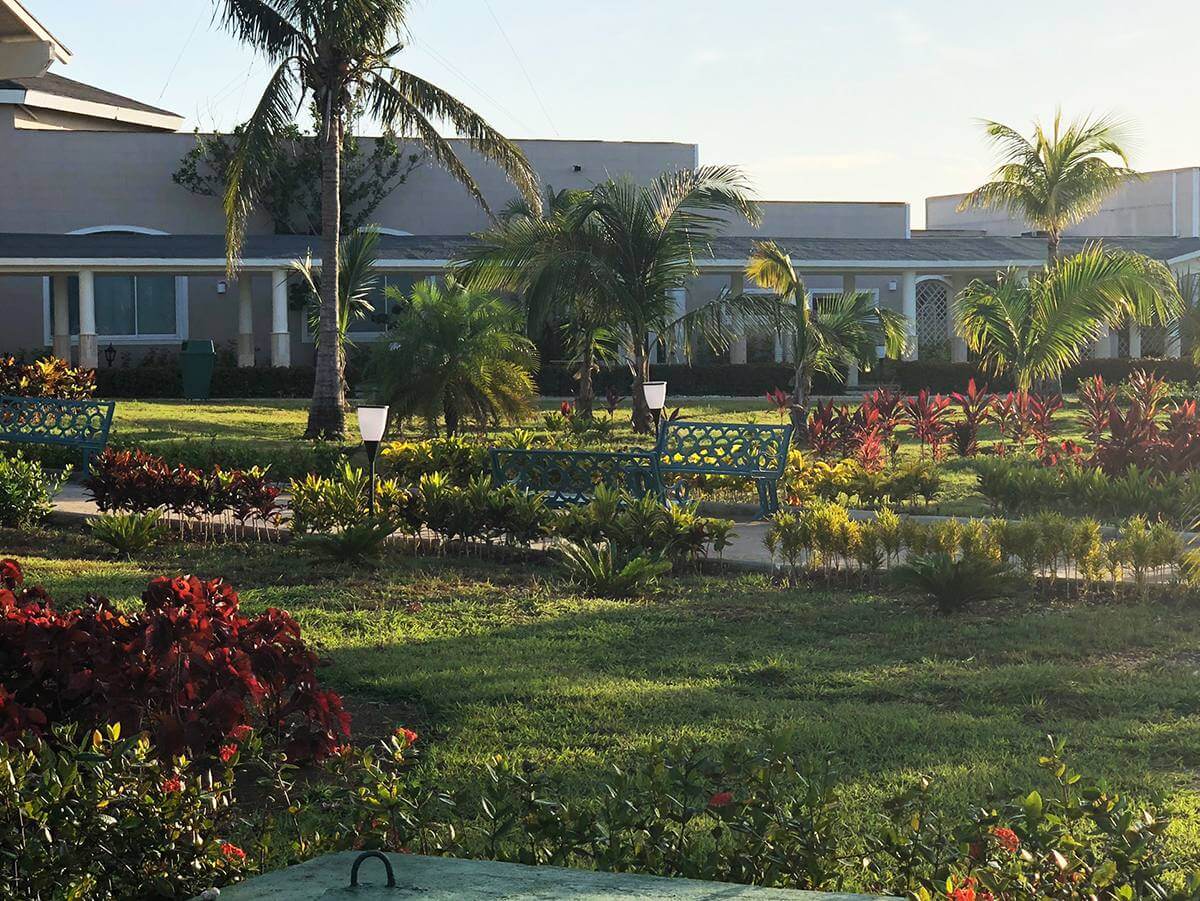Hotel Playa Coco outdoor, illuminated by García Requejo
Most high-end hotels have outdoor facilities for the enjoyment of guests. These spaces can become a great attraction, even night, if we know how to use them and dress them properly. Who did not want to dine by candlelight in a restaurant, contemplate the stars from the sofas in the lobby or take a dip in the privacy of the night? In this post we reveal the factors to take into account when lighting the outdoor of a hotel.
Rest Areas
The gardens of the hotels can be a powerful claim for customers. This is why getting a unique environment in these spaces is very important. The night lighting must achieve an intimate and, at the same time, sufficiently illuminated environment, capable of transporting the guests to a state of relaxation and confidence. The luminaires should create ambient light, as well as spot light in those areas where the quantity should be accentuated: sofas, armchairs, tables … Portable lamps are very useful for these spaces. They allow the user to interact with the environment and customize it according to their needs.
Restaurant or bar
According to the style of this type of services located in the interior of the hotel, the lighting here should be sufficient to distinguish the food that is going to be served to the guests without being so strident as to annoy the nearest rest areas. The luminaires that we can use are ceiling lamps, standing, with articulated arms…
Lighting by García Requejo
Paths and Passages
Lighting in these areas is especially sensitive, as it has a double function: decorative and signposting. If it is not done correctly, we take the risk of endangering the safety of the users. The luminaires used in these cases are usually sconces, markers, embedded pilots, on steps, luminaries camouflaged into the vegetation … In this case, we must be careful not to overexpose the plants to light. They also need to rest in the dark.
These same tips should be followed when lighting areas such as swimming pools or other dangerous zones that require delimiting a perimeter. Motion sensors can be very useful, since they are activated only if necessary in areas that usually do not have a night use. In addition, they save energy and, therefore, reduce the cost of lighting.
Design and Technical Characteristics of the Luminaires
The loyalty or loss of the client that has commissioned the project can depend on the materials and design that we choose for the luminaires. We must take into account the weather conditions to which they will be exposed, as they will have to suffer them for a long time.
It is recommended to avoid designs with indentations, reliefs and grooves that are difficult to clean. In the open air, the lamps get dirty and will require more maintenance. The most commonly used materials are polyester, fiberglass, polycarbonate, aluminum, glass and resin. As for the technical characteristics, we must choose luminaires with IK and IP ratings appropriate to the environment in which they will be placed.
As with any outdoor lighting project, it is very important to take into account the interior design of the hotel. When we do a good job, the transition between the interior rooms and the outdoors should go unnoticed by guests. If we achieve this, we can consider the project a success.
Hotel Playa Coco outdoor. Luminaires by García Requejo
Are you designing an outdoor lighting project? Contact us and ask for product advise without any obligation.


